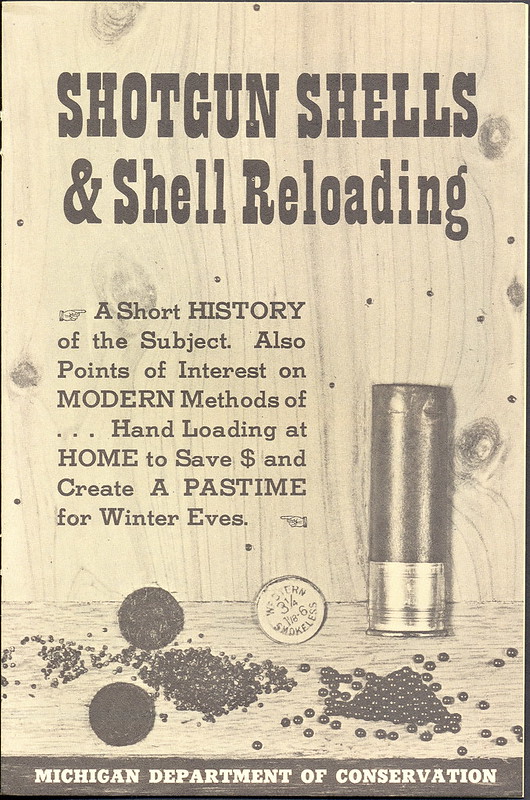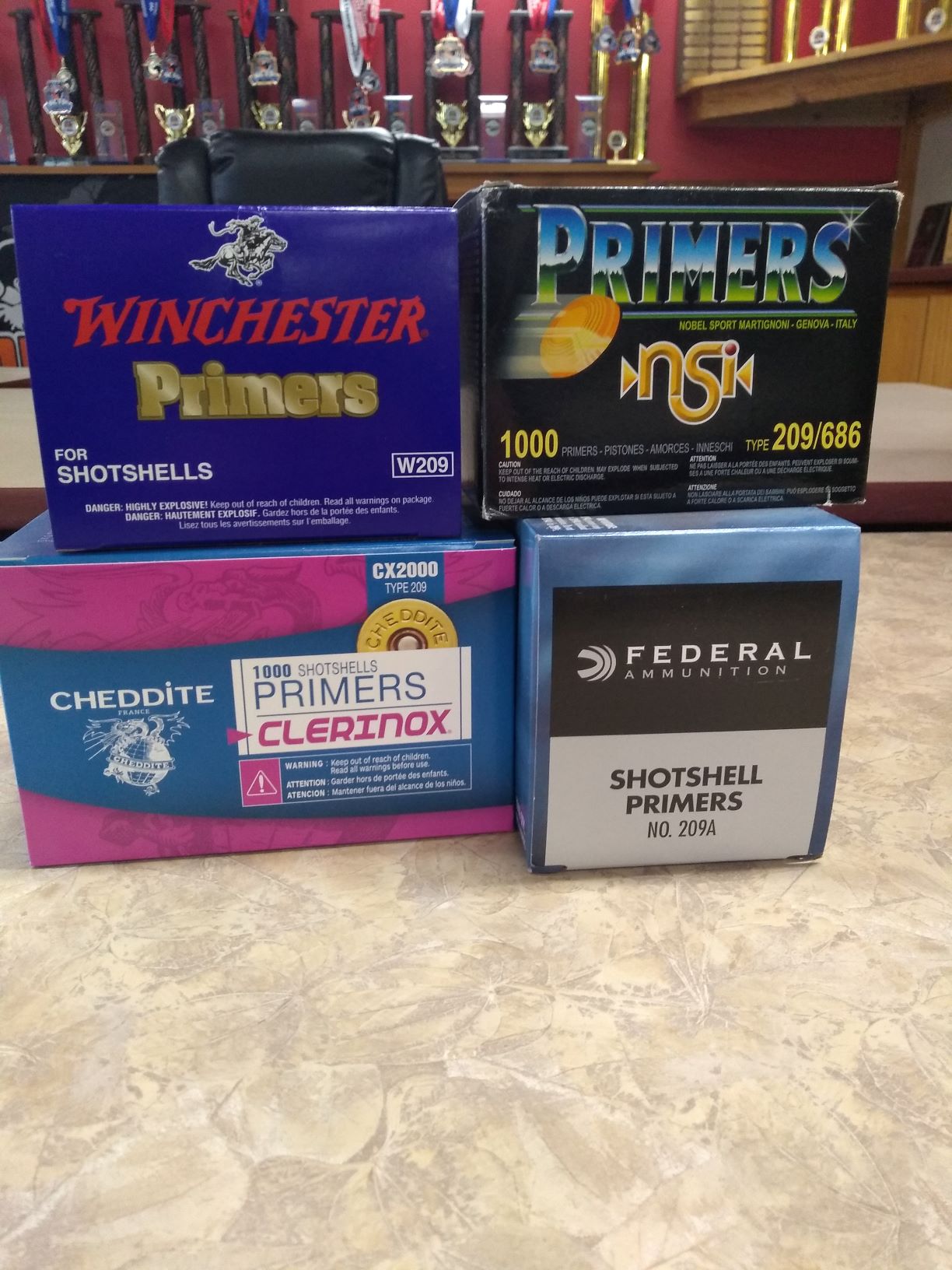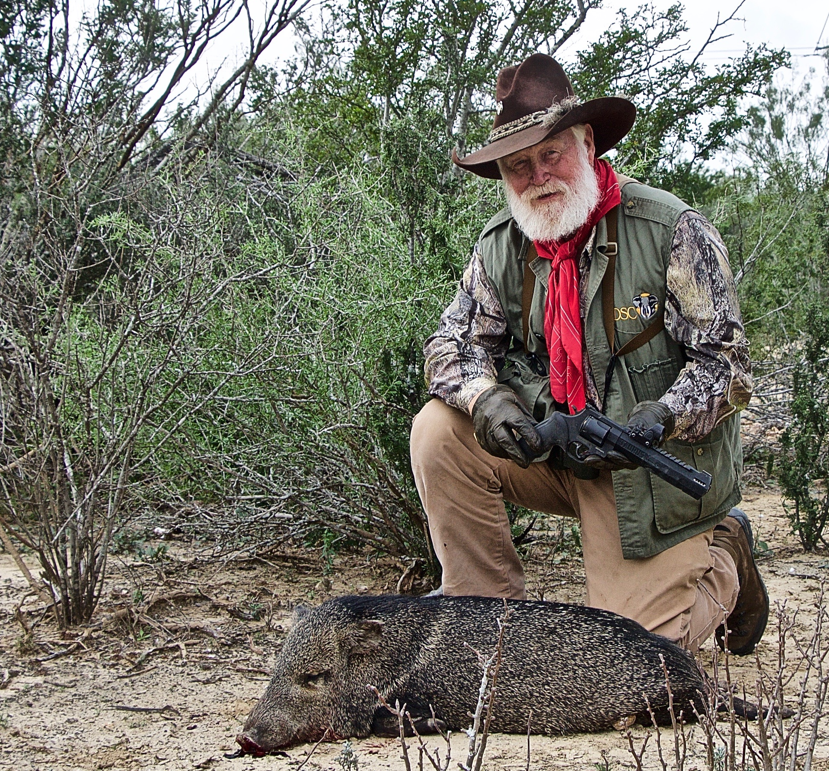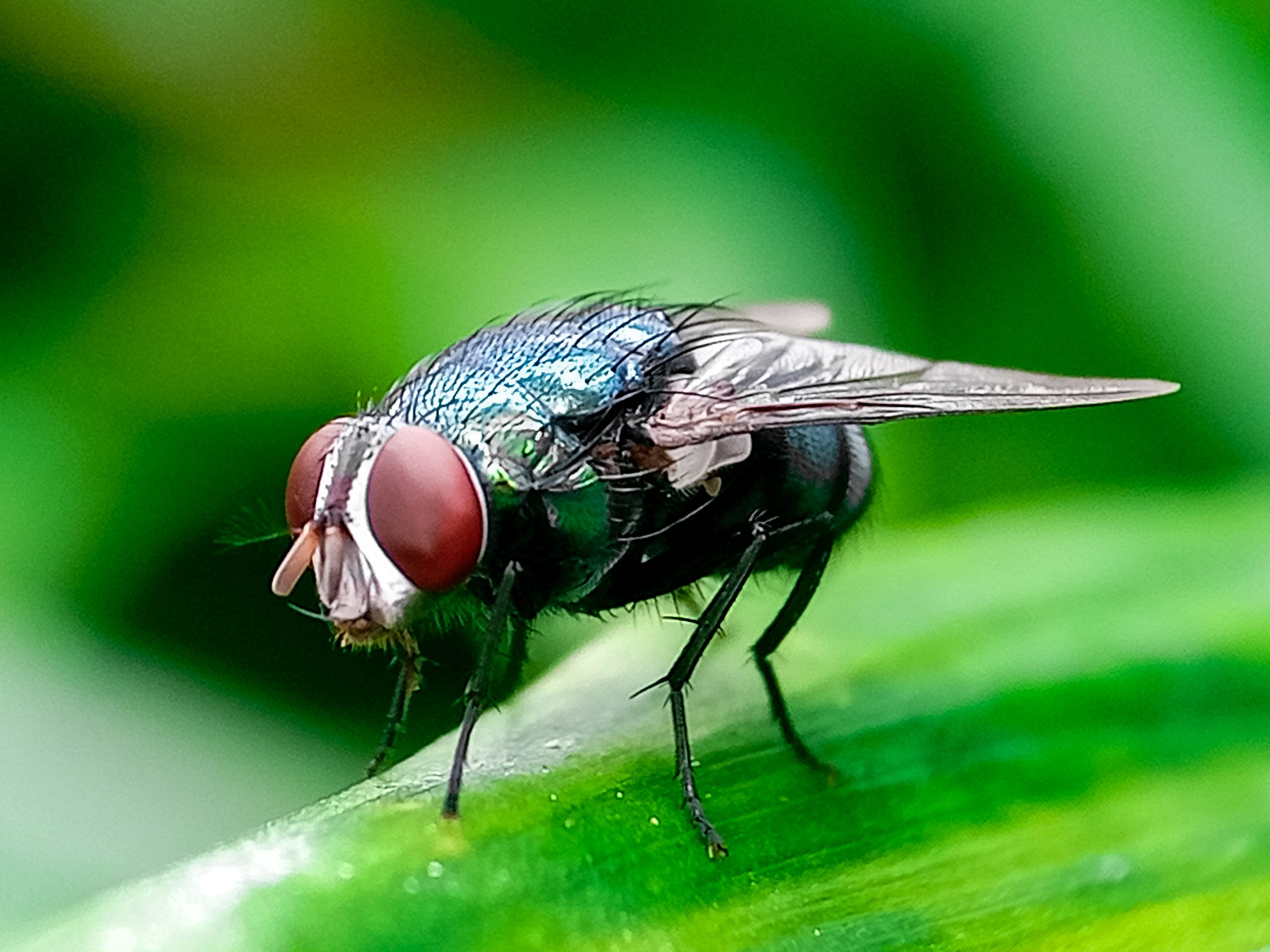Reloading with Terry Blauwkamp
[author] [author_image timthumb=’on’]https://www.biggame.org/wp-content/uploads/2021/03/P1010082_077.jpg[/author_image] [author_info]Terry Blauwkamp is a seasoned hunter, gun-expert and reloader. He has been to Africa more than 20 times. Terry has been a consistent part of DSC Publications through his reloading column.[/author_info] [/author]

I’m quite sure that this is a subject that seldom, if ever, is discussed as usually it is only the rifle reloaders that seem to be concerned.
This primer interest came up again this week as Primers are about non-existent right now, and lots of folks have started using foreign-made primers rather than our usual American manufactured ones because it is all one might find.
As we soon found out that we had far too many “bloopers” or hang-fires and odd-sounding shells, we knew it was indicative of poor ignition.
This was especially true in the 20 and 28-gauge shells as one uses slower burning powders like Alliant’s 20-28, 800X or Unique, and sometimes even Winchester 572 ball powder than what we normally use in the 12-gauge like Red Dot or 700-X.
We did several tests to see just how much difference the foreign primers made in performance.
We rounded up every brand of primer we could find and were surprised just how many there really were out there. As we got to looking in the various powder manuals, we noticed that changing primers gives different results, but couple that with different wads and everything is compounded.
Changing wads would change PSI pressures by 1,500 pounds. Now 1,500 pounds is not a big deal to rifle shooters who are dealing with 50-55,000 PSI, but 1,500 pounds in a shotgun shell with normally an 11,000 to 12,000 maximum PSI is a 15% increase.
We only tested normal Trap & Skeet loads and did not get into Magnum or Steel shot reloading. I’m sure that using 32-35 Grains of “Slow” powder would really get interesting in cold weather.
Another thing one must take into consideration is that our American primers are all called “209”. We also found that some of the foreign primers were a bit larger in diameter. This is not a real problem as the primers fit nice and tight, but once you use them and expand the primer pocket in the shell, you can’t reload that shell again with an American 209 primer, as it will fall out.
I’m often asked if I could choose any primer, what would it be? I’d flip a coin and go with either Federal, CCI, or Winchester as they seem to fit all the various brands of shells well and never seem to ever have any ignition problems.
Earlier I mentioned testing shot and wad combinations. In my experience, I have found that once the temperatures get below freezing, going up a size of shot breaks the birds better.

Why? Those little pellets (spheres) slow down more rapidly as cold air is denser.
In the 12-gauge for skeet, I switch to 8.5 size shot rather than # 9’s, and for 16-yard Trap, I switch from 8.5‘s to #8 or even 7.5‘s. If I do switch to 7.5‘s I also switch to 1 1/8 oz. loads rather than my favorite 1 oz. load. By upping the shot weight with a larger shot, I maintain pellet count.
In the 20 and 28-gauge 8.5‘s are as big as I would go in order to maintain pellet count, but in the .410 bore, one is pretty much limited to # 9’s because if you go with larger shot, pellet count goes way down.
Another thing that will bite you if you are not careful is if you use or pick up any foreign-made empty shells, which of course may have had foreign primers of possibly a “larger” diameter and if you try and use our American-made primers, tread carefully, or you will have a pocket full of primers that have fallen out, which will be a sweet mess.
Again… Remember this, follow the powder manuals precisely, as they tell you exactly what to expect using a given primer and what wad.
Just remember when shooting a shotgun, odds are when you miss a bird you shot behind it, so my favorite saying is “more lead” simple as that.
Feel free to contact Terry anytime at TBlauwkamp@superior-sales.com



